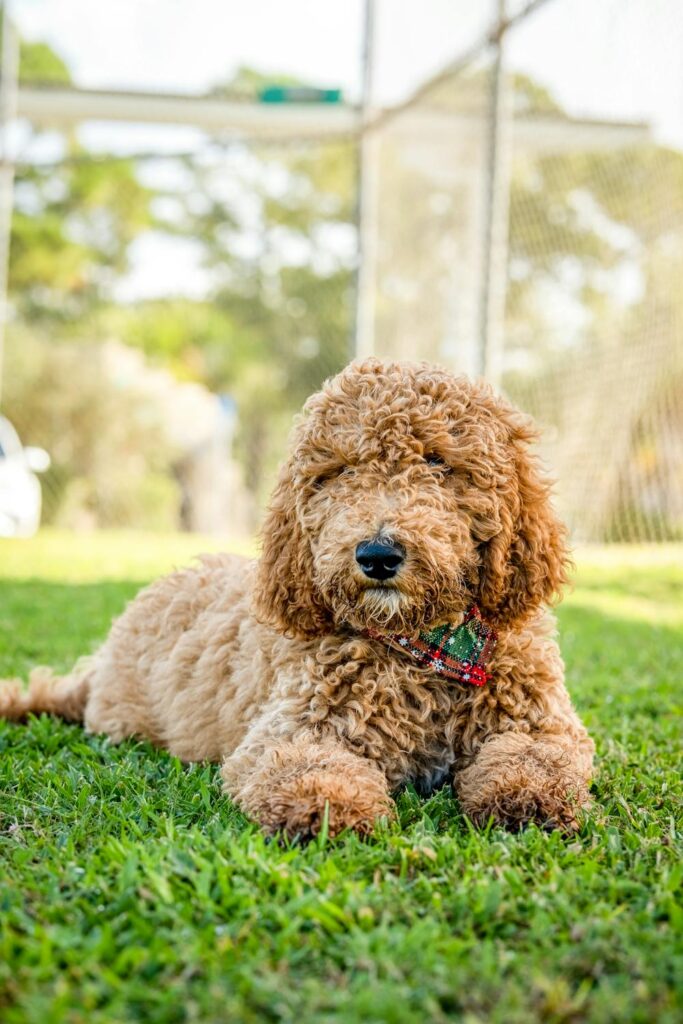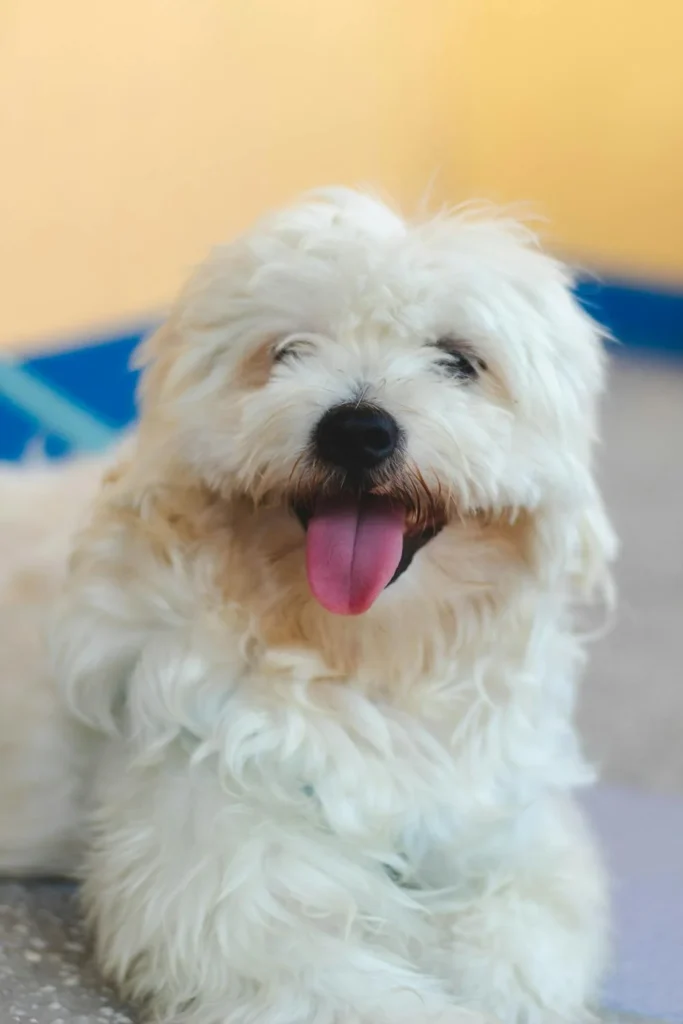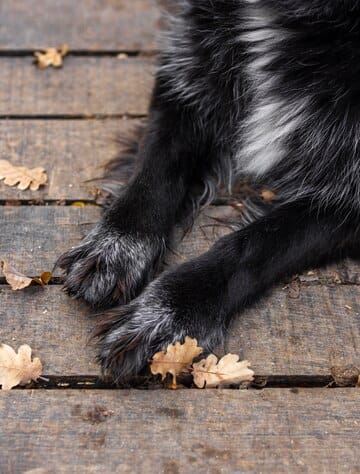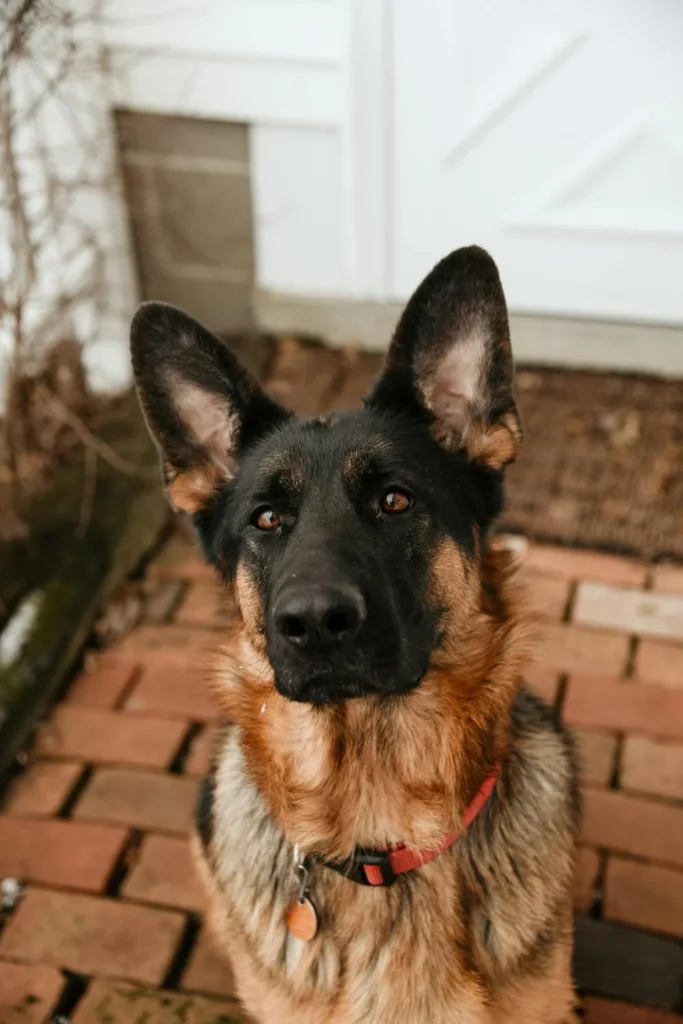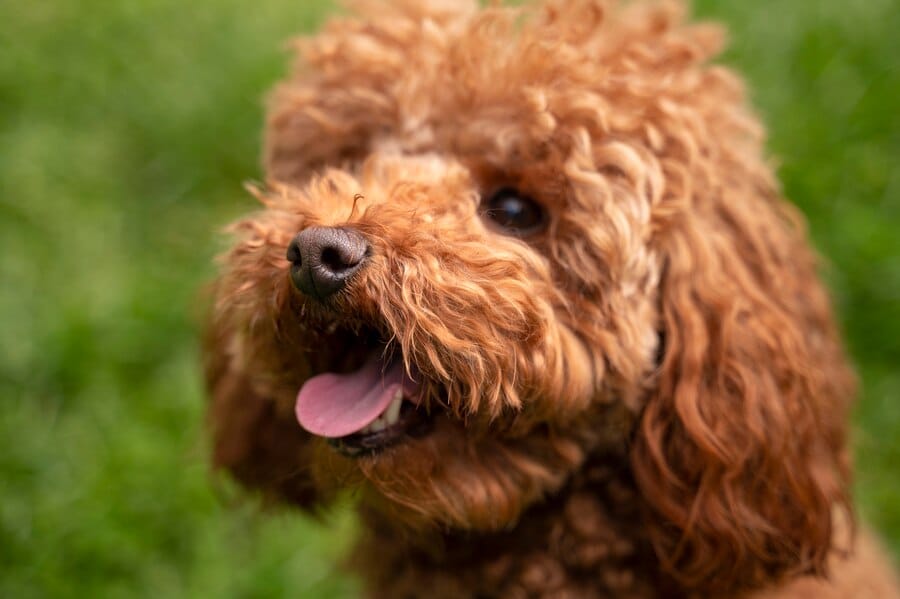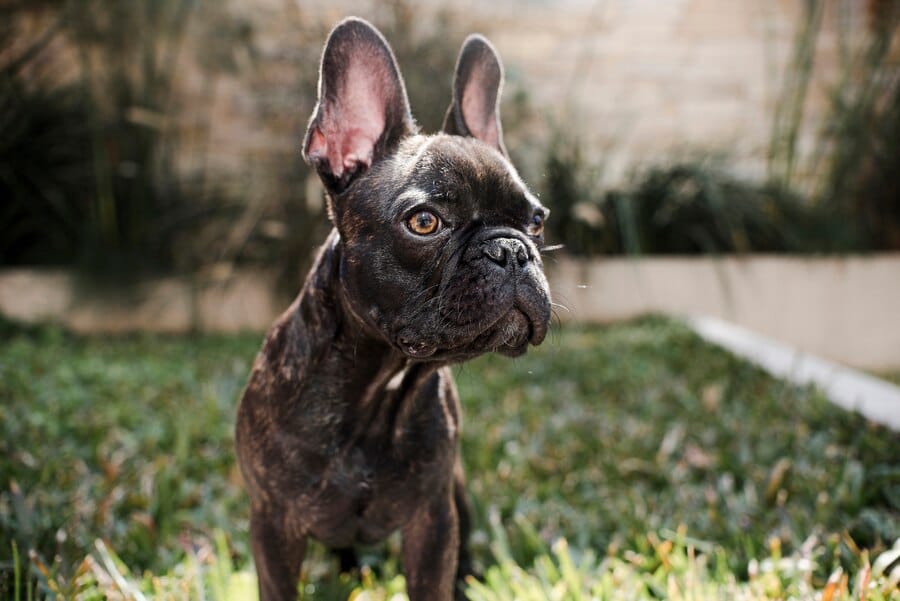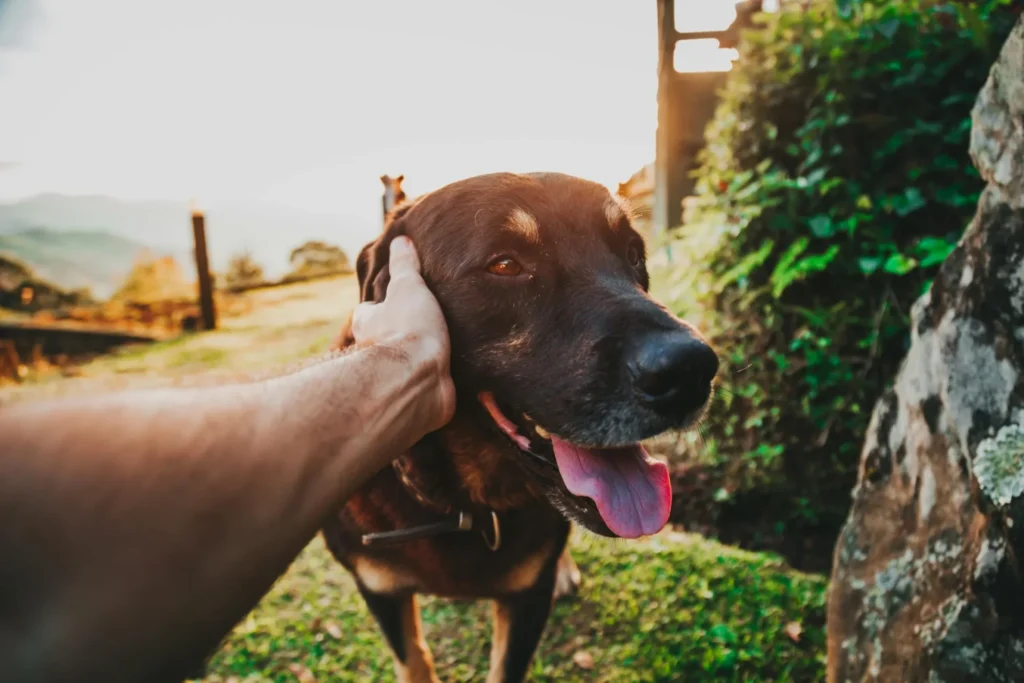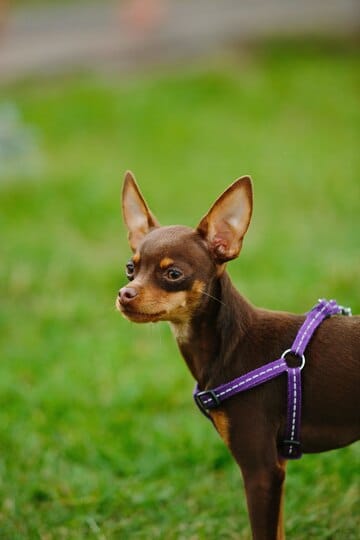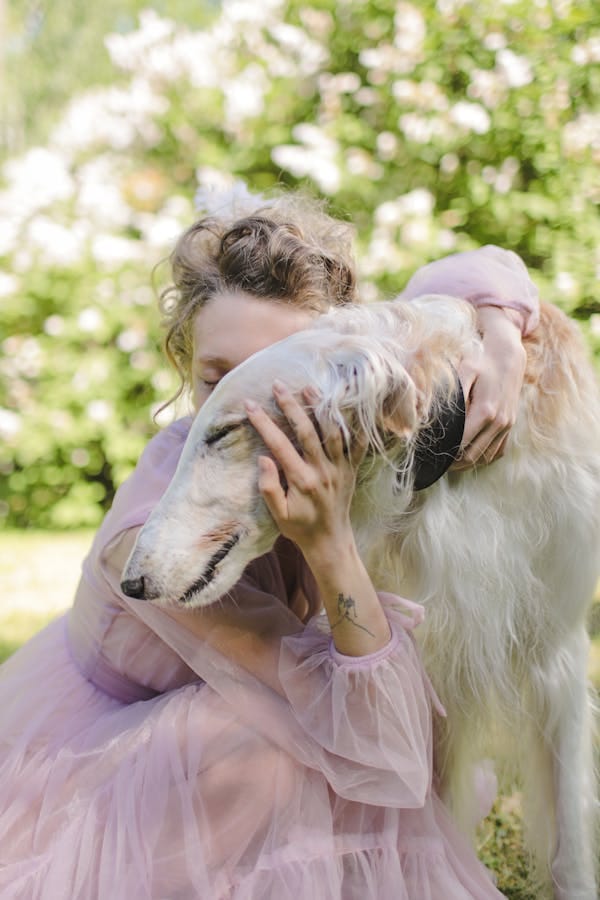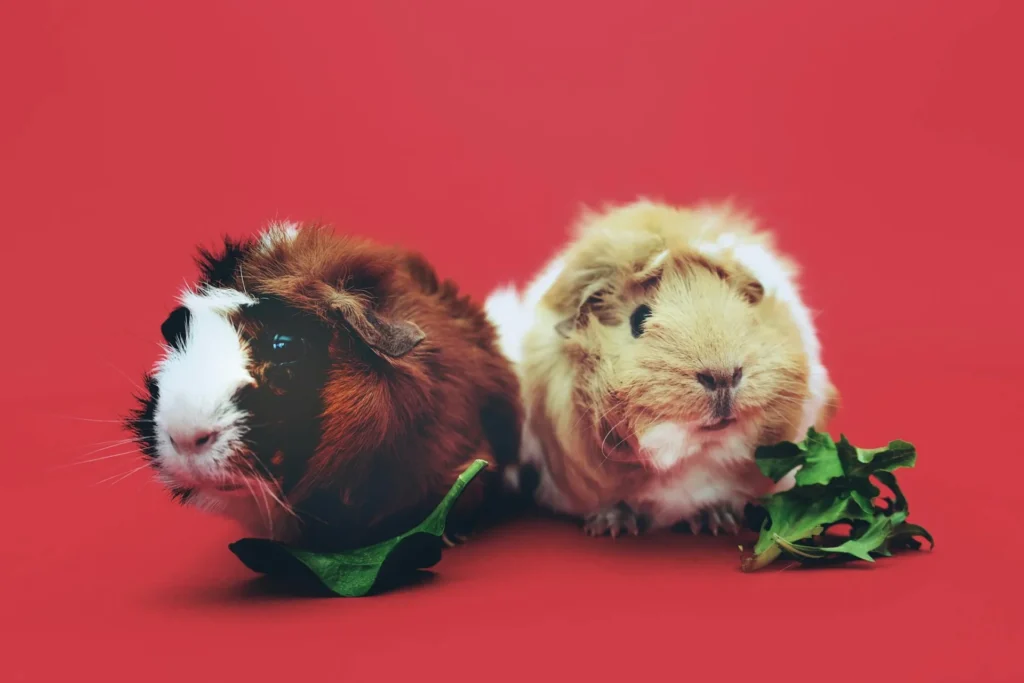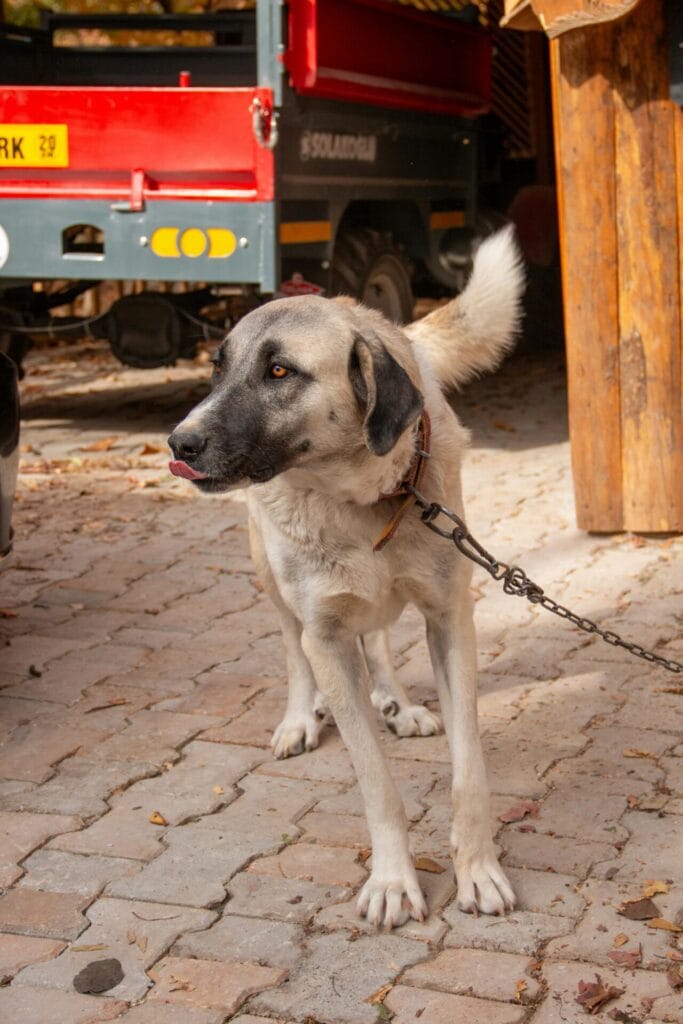- Introduction
- Understanding Poodle Biting Behavior
- Tip 1: Start Training Early
- Tip 2: Refocus Your Poodle’s Attention
- Tip 3: Exercise Your Poodle’s Mind and Body
- Tip 4: Use Positive Reinforcement
- Tip 5: Be Consistent
- Tip 6: Avoid Inadvertent Reinforcement
- Tip 7: Try a Taste Deterrent
- Tip 8: Use Time-Outs Effectively
- Tip 9: Keep Greetings Calm
- Tip 10: Provide Appropriate Chew Toys
- Tip 11: Consider Crate Training
- Tip 12: Work on Bite Inhibition
- Tip 13: Stay Patient and Persistent
- Tip 14: Ensure Your Poodle is Well-Socialized
- Tip 15: Consider Professional Help
- Conclusion
- Frequently Asked Questions
Introduction
Owning a poodle can be an incredibly rewarding experience, but dealing with their nipping and biting behavior can quickly become frustrating. You’re not alone – poodle biting is a common issue that many owners face, especially during the puppy stage. However, with the right positive reinforcement training techniques, you can effectively stop your poodle’s nipping and biting behavior once and for all.
In this comprehensive guide, we’ll explore 15 proven tips to help you put an end to your poodle’s biting habit, while strengthening your bond and establishing a well-behaved furry companion. So, let’s dive in and get you on the path to a bite-free poodle!

Understanding Poodle Biting Behavior
Before we delve into the solutions, it’s essential to understand why poodles bite and nip in the first place. While it may seem like an aggressive or misbehaved act, biting is often a natural behavior for poodles, particularly during their puppy stage.
Puppy Nipping: Puppies explore the world with their mouths, and nipping is a way for them to learn about their environment and communicate with their littermates and owners. This behavior is generally harmless and a part of their development.
Attention Seeking: As intelligent and social dogs, poodles may resort to nipping or biting as a way to seek attention from their owners. This behavior can become problematic if not addressed properly.
Over-Arousal During Play: Poodles are energetic and playful dogs, and during intense playtime, they may get overly excited and start nipping or biting due to their high energy levels.
While nipping and biting are normal behaviors in puppies, they should be addressed and corrected before they become a persistent problem. It’s crucial to nip the biting habit in the bud to ensure a well-behaved and socialized adult poodle.
Tip 1: Start Training Early
The key to stopping poodle biting is to start training early, preferably during the puppy stage. By reinforcing good habits from a young age, you can set the foundation for a well-mannered poodle.
One of the first steps is to teach your poodle basic obedience commands like “no bite”, “gentle”, and “leave it”. These commands will help you communicate effectively with your pup and discourage biting behavior.Copy code
Positive Reinforcement Training: - Use treats and praise to reward calm, gentle behavior - Consistently reinforce desired actions - Be patient and consistent with your training
By consistently rewarding calm behavior and discouraging nipping and biting from an early age, you’ll be able to establish clear boundaries and expectations for your poodle.
Tip 2: Refocus Your Poodle’s Attention
When your poodle starts to nip or bite, it’s essential to redirect their attention to an acceptable chew toy or activity. This technique helps channel their natural chewing and biting urges into something positive and appropriate.
Here are some examples of good distractions and toys:
- Durable chew toys (e.g., Kongs stuffed with treats, Nylabones)
- Puzzle toys that dispense treats or kibble
- Interactive games like fetch or tug-of-war (supervised)
By providing your poodle with engaging and stimulating toys, you can refocus their attention and energy away from biting you or your belongings.
Tip 3: Exercise Your Poodle’s Mind and Body
Poodles are highly intelligent and energetic dogs, and they require plenty of mental and physical stimulation to stay happy and well-behaved. A lack of exercise and mental enrichment can lead to pent-up energy, which may manifest as excessive biting or nipping.
Physical Exercise:
- Daily walks or runs
- Playtime in a securely fenced area
- Swimming (poodles love water!)
- Agility training or dog sports
Mental Stimulation:
- Puzzle toys and treat dispensers
- Nosework or scent games
- Obedience training and trick-teaching
- Interactive toys that encourage problem-solving
By providing your poodle with ample opportunities for exercise and mental stimulation, you’ll help them burn off excess energy and stay focused and calm, reducing the likelihood of biting behavior.
Tip 4: Use Positive Reinforcement
When it comes to training your poodle to stop biting, it’s crucial to use positive reinforcement techniques. Punishing or scolding your poodle for biting can often backfire and lead to more stress, fear, and potential aggression.
Instead, focus on rewarding and praising your poodle when they display calm and gentle behavior. This positive reinforcement approach helps reinforce the desired actions and creates a positive association with good behavior.
Positive Reinforcement Techniques:
- Treat rewards for good behavior
- Verbal praise and affection
- Clicker training (click and treat when they exhibit desired behavior)
By consistently rewarding your poodle for good behavior, you’ll gradually shape their actions and reinforce the habits you want to see.
Tip 5: Be Consistent
Consistency is key when it comes to stopping poodle biting. If you’re inconsistent with your training and reactions, your poodle may become confused and struggle to understand the desired behavior.
It’s essential that everyone in the household follows the same training methods and rules regarding biting and nipping. If one person allows or even encourages the behavior, it can undermine the efforts of others.Copy code
Consistent Rules: - Never reinforce biting behavior (e.g., don't pull your hand away, yell, or play rough) - Use the same commands and techniques for training - Enforce the same consequences for biting (e.g., time-outs, redirecting to toys)
By maintaining a united front and consistently following the same rules, you’ll send a clear and consistent message to your poodle, making it easier for them to learn and adapt to the desired behavior.
Tip 6: Avoid Inadvertent Reinforcement
While you may think you’re discouraging biting behavior, sometimes your reactions can inadvertently reinforce it. It’s essential to be mindful of how you respond to your poodle’s nipping and biting to avoid accidentally encouraging the behavior.
Common Mistakes That Reinforce Biting:
- Yelling or making high-pitched noises (can be interpreted as play)
- Pulling your hand away (can turn it into a game of chase)
- Pushing your poodle away (can be seen as attention)
- Rough play or wrestling (can encourage rough behavior)
Instead of reacting in a way that reinforces the biting, it’s best to calmly remove your attention and disengage from the situation. This sends a clear message that biting will not be rewarded with attention or play.
Tip 7: Try a Taste Deterrent
If your poodle’s biting persists despite your training efforts, you may want to consider using a safe and humane taste deterrent. These bitter-tasting sprays or gels can be applied to your skin or clothing, creating an unpleasant taste that discourages your poodle from biting.
Safe Taste Deterrents:
- Bitter apple spray
- Bitter cherry spray
- Grannick’s Bitter Apple Spray or Gel
When using a taste deterrent, it’s essential to apply it properly and consistently. Spray or apply the deterrent to areas where your poodle tends to bite, such as your hands, arms, or clothing. Be sure to follow the product’s instructions carefully and never use anything toxic or harmful to your pup.
Tip 8: Use Time-Outs Effectively
Time-outs can be an effective tool for discouraging biting behavior in poodles. However, it’s crucial to use them correctly to send a clear “no reward” message without causing fear or stress.
Proper Use of Time-Outs:
- As soon as your poodle starts biting, calmly remove them from the situation and place them in a designated time-out area (e.g., a bathroom, laundry room, or crate).
- Keep the time-out brief, typically 30 seconds to 1 minute for puppies, and up to 5 minutes for adult poodles.
- Do not interact with your poodle during the time-out, as this can be seen as attention or playtime.
- After the time-out, calmly release your poodle and praise them if they remain calm and gentle.
Time-outs should be used consistently and in conjunction with positive reinforcement training. They should never be used as a punishment or in a way that causes fear or anxiety.
Tip 9: Keep Greetings Calm
Poodles are energetic and excitable dogs, and their excitement can sometimes lead to nipping or biting behavior, especially during greetings or when guests arrive. To prevent this, it’s essential to manage your poodle’s excitement levels and keep greetings calm and controlled.
Tips for Civilized Greetings:
- Ask guests to ignore your poodle until they are calm and settled
- Have your poodle remain seated or lie down during greetings
- Use the “watch me” or “look” command to refocus their attention on you
- Reward and praise your poodle for calm behavior during greetings
By teaching your poodle to remain composed during greetings and redirecting their excitement into positive behaviors, you can reduce the likelihood of nipping or biting incidents.
Tip 10: Provide Appropriate Chew Toys
Poodles have a natural urge to chew, and providing them with appropriate chew toys can help redirect their biting behavior and satisfy their chewing needs. Not only does this prevent destructive chewing on household items, but it also helps alleviate stress and boredom.
Recommended Chew Toys for Poodles:
- Durable rubber toys (e.g., Kongs, Goughnuts)
- Chew bones (choose safe, digestible options)
- Rope toys (for supervised play)
- Food-dispensing toys (e.g., Kibble Nibble, Tug-a-Treat)
To keep your poodle engaged and prevent boredom, rotate their chew toys regularly or stuff them with treats or peanut butter to make them more enticing.
Tip 11: Consider Crate Training
Crate training can be an effective tool for enforcing calm, settled behavior in poodles and preventing excessive biting. By providing a safe, cozy space for your poodle to relax and recharge, you can help them learn to control their impulses and avoid nipping or biting during times of high excitement or arousal.
Benefits of Crate Training:
- Teaches your poodle to settle and relax
- Prevents destructive behavior when unsupervised
- Provides a safe haven for your pup
However, it’s important to never use the crate as a punishment and to ensure that your poodle is gradually introduced to it in a positive manner. Additionally, don’t crate your poodle for extended periods, as they need regular exercise, playtime, and opportunities to relieve themselves.
Tip 12: Work on Bite Inhibition
Bite inhibition is the ability of a dog to control the force of their bite, even in situations of high arousal or excitement. Teaching your poodle bite inhibition can help prevent accidental nips or bites from causing injury, even as they mature into adults.
Techniques for Teaching Bite Inhibition:
- Yelp or make a high-pitched sound when your poodle bites too hard during play
- Immediately end the play session or interaction when a hard bite occurs
- Reward and praise your poodle when they exhibit gentle mouth behavior
By consistently reinforcing the concept of a “gentle mouth,” you can help your poodle learn to control the intensity of their bites, even during moments of excitement or play.
Tip 13: Stay Patient and Persistent
Stopping poodle biting requires patience, consistency, and persistence. It’s important to remember that breaking this habit takes time and effort, and progress may not be immediate or linear.
Tips for Staying Persistent:
- Celebrate small victories and improvements
- Remain calm and avoid frustration or anger
- Seek professional help if needed (e.g., a certified dog trainer or behaviorist)
With patience and a positive, consistent approach, your poodle will eventually learn that biting is an unacceptable behavior, and you’ll be able to enjoy a bite-free relationship with your furry companion.
Tip 14: Ensure Your Poodle is Well-Socialized
Proper socialization is crucial for poodles to develop good behavior and confidence around people and other animals. A well-socialized poodle is less likely to resort to biting out of fear or anxiety in unfamiliar situations.
Socialization Tips for Poodles:
- Introduce your poodle to various people, animals, and environments from an early age
- Enroll your pup in puppy socialization classes
- Gradually expose your poodle to different sights, sounds, and experiences
- Reward and praise calm, confident behavior in new situations
By providing your poodle with positive socialization experiences, you’ll help them develop the confidence and social skills necessary to interact appropriately with others, reducing the likelihood of biting due to fear or anxiety.
Tip 15: Consider Professional Help
If you’ve tried various techniques and your poodle’s biting behavior persists, it may be time to seek professional help. A certified dog trainer or behaviorist can provide personalized guidance and support to address your poodle’s specific needs and challenges.
When to Seek Professional Help:
- Biting behavior is severe or aggressive
- Your poodle displays signs of fear, anxiety, or aggression
- You’re struggling to make progress despite consistent training efforts
A professional can assess your poodle’s behavior, identify any underlying issues, and develop a tailored training plan to address the biting problem effectively.
Conclusion
Stopping poodle biting requires patience, consistency, and a positive approach. By implementing the 15 tips outlined in this guide, you can effectively address your poodle’s biting behavior and establish a well-behaved, trustworthy companion.
Remember, every poodle is unique, and it may take some trial and error to find the techniques that work best for your furry friend. Stay positive, celebrate small victories, and don’t hesitate to seek professional help if needed.
With dedication and a commitment to positive reinforcement training, you can overcome this challenging phase and enjoy a fulfilling, bite-free relationship with your beloved poodle.
Frequently Asked Questions
1. How do I stop my poodle from biting when playing?
During playtime, it’s essential to teach your poodle bite inhibition and to redirect their biting to appropriate chew toys. Use a cue like “gentle” to remind them to be gentle with their mouth, and immediately end the play session if they bite too hard. Praise and reward them when they exhibit gentle mouth behavior.
2. Is it ever okay to punish my poodle for biting?
Punishment or scolding is generally not recommended when addressing biting behavior, as it can lead to more stress, fear, and potential aggression. Instead, focus on positive reinforcement techniques, such as rewarding good behavior, redirecting their attention to appropriate outlets, and using time-outs or taste deterrents as necessary.
3. How long does it take to stop a poodle from biting?
The time it takes to stop a poodle’s biting behavior can vary depending on factors such as their age, the severity of the behavior, and the consistency of your training efforts. It’s important to be patient and persistent, as breaking this habit may take several weeks or even months of consistent training.
4. Can teething cause excessive biting in poodle puppies?
Yes, teething can contribute to excessive biting or nipping behavior in poodle puppies. During the teething stage, puppies experience discomfort and an increased urge to chew as their adult teeth emerge. Providing appropriate chew toys and redirecting their chewing to these toys can help alleviate the discomfort and prevent excessive biting.
5. When should I seek professional help for my poodle’s biting issues?
It’s a good idea to seek professional help from a certified dog trainer or behaviorist if your poodle’s biting behavior is severe or aggressive, if they display signs of fear, anxiety, or aggression, or if you’re struggling to make progress despite consistent training efforts. A professional can assess the situation and provide personalized guidance and support.
Remember, addressing biting behavior in poodles requires patience, consistency, and a positive approach. By following the tips outlined in this guide and seeking professional help if needed, you can effectively stop your poodle’s biting habit and enjoy a harmonious, bite-free relationship with your furry companion.

